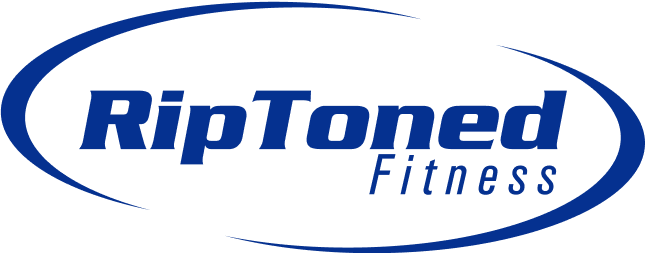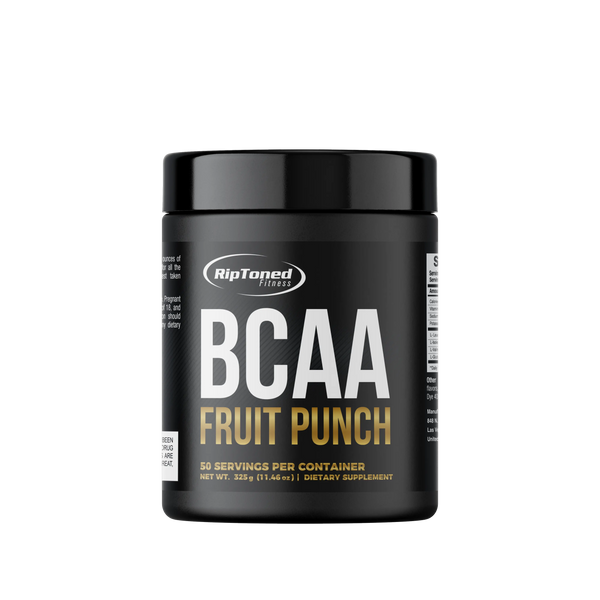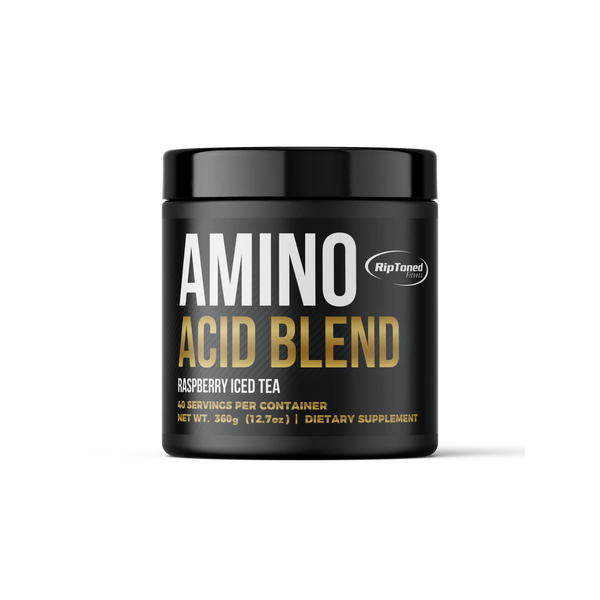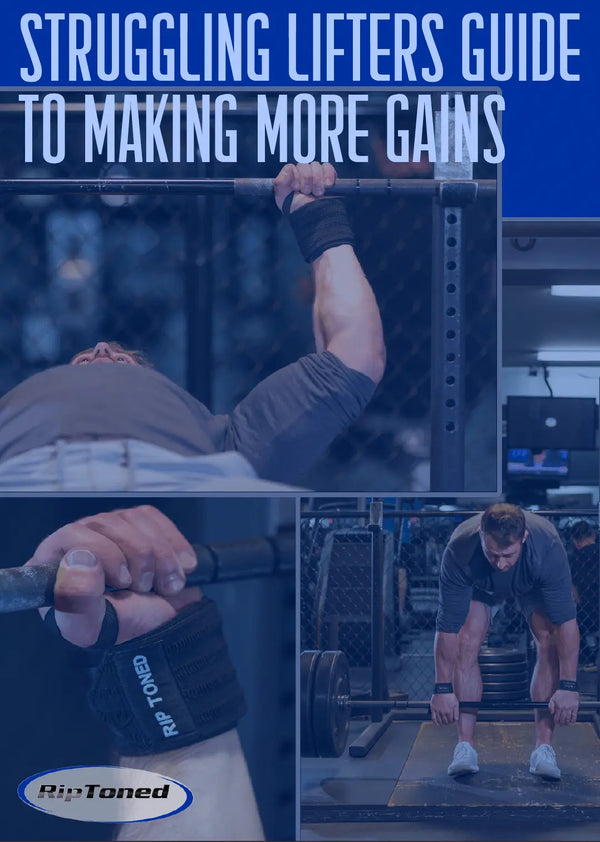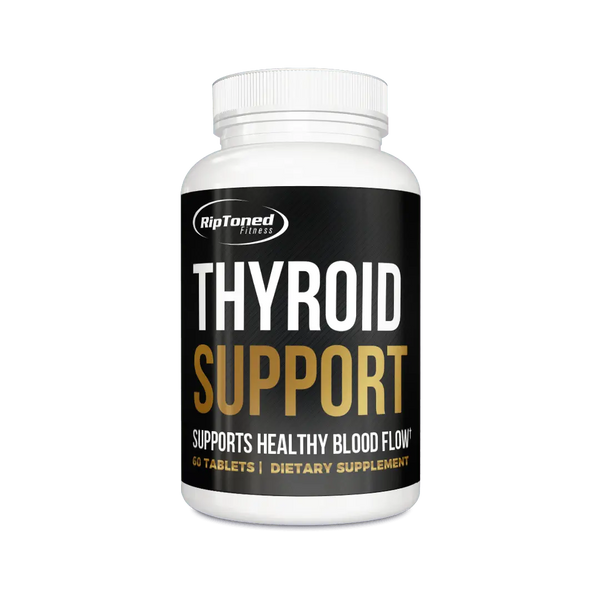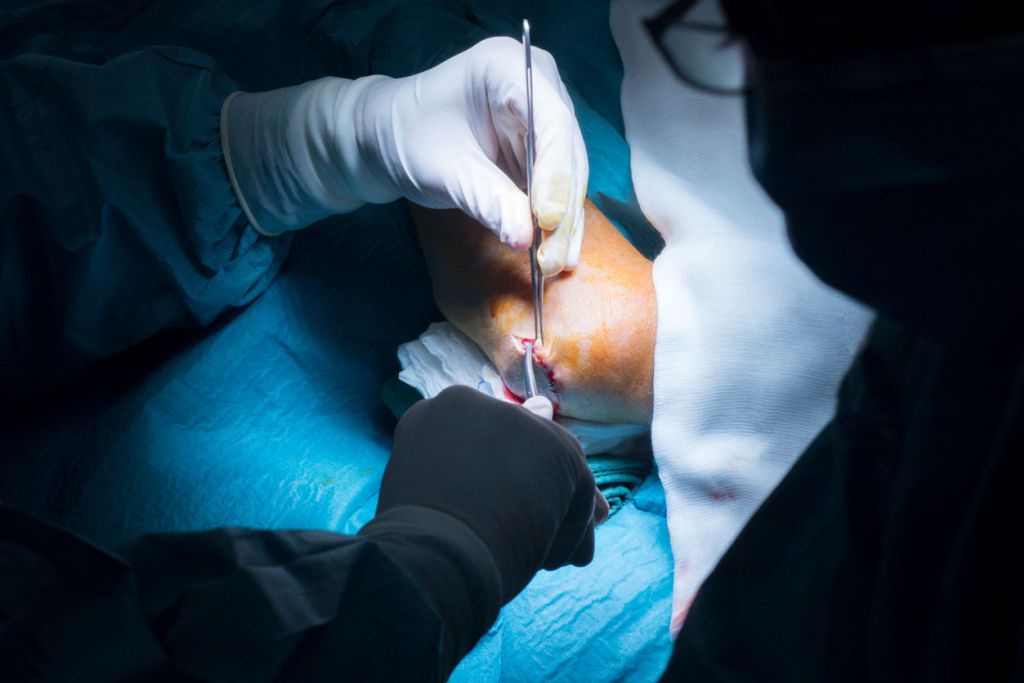
How Long After Elbow Surgery Can I Drive
Mark PasayShare
After undergoing elbow surgery, one of the most common questions that patients have is when they can resume driving. It is understandable that individuals want to regain their independence and get back to their normal routine as soon as possible. However, it is crucial to understand the healing process and follow your doctor's instructions before getting behind the wheel again.
In this article, we will discuss the factors that determine when you can drive after elbow surgery, the precautions to take, and some tips for safe driving during your recovery period.
Factors Affecting Driving After Elbow Surgery
After elbow surgery, it is essential to give your body enough time to heal before resuming driving. The amount of time it takes varies from person to person and depends on several factors, such as the type of surgery, your dominant hand, and any post-surgical complications.
Type of Surgery
The type of elbow surgery you undergo plays a significant role in determining when you can drive again. If you have undergone a minor procedure like arthroscopy or tendon repair, you may be able to resume driving within a few days or weeks. However, for more extensive surgeries like joint replacement or ligament reconstruction, it may take several weeks to months before you can drive.
Dominant Hand
Your dominant hand is the hand you use for most activities. If you have had surgery on your non-dominant elbow, you may be able to resume driving earlier as your dominant hand will still be available for steering and shifting gears. However, if your dominant hand is affected, it may take longer before you can safely operate a vehicle.
Post-Surgical Complications
In some cases, post-surgical complications like infection or nerve damage can delay the healing process and affect your ability to drive. Your doctor will monitor these complications closely and advise you on when it is safe to resume driving.
Precautions to Take Before Driving
Before getting behind the wheel again, it is crucial to take necessary precautions to ensure your safety and the safety of others on the road.
- Follow Your Doctor's Instructions: It is essential to follow your doctor's instructions and only resume driving when they give you the green light.
- Ensure Adequate Range of Motion: Make sure that you have an adequate, gentle range of motion in your elbow and can comfortably grip the steering wheel before driving.
- Avoid Driving with a Cast or Splint: Driving with a cast or splint on your arm overnight is not only uncomfortable but can also affect your ability to control the vehicle. Wait until your cast or splint is removed before resuming driving.
- Start with Short Drives: It is best to start with short drives to gauge your comfort level and gradually increase the duration as you regain strength and flexibility in your elbow.
How Long After Elbow Surgery Can I Drive?
The answer to this question varies and depends on several factors, as discussed above. It is crucial to consult with your doctor before resuming driving after elbow surgery. They will evaluate your specific case and provide you with a timeline for when it is safe to drive again.
It is also important to listen to your body and not push yourself too hard during the recovery period. If you experience any pain or discomfort while driving, stop immediately and consult with your doctor.
In general, most individuals can resume driving within 4-6 weeks after minor elbow surgeries and 2-3 months for more extensive procedures. However, every case is unique, and it is essential to follow your doctor's recommendations for a safe and successful recovery.
Additionally, it is crucial to continue following all safety precautions and exercises recommended by your doctor to ensure a full recovery. Remember, patience is key, and pushing yourself too hard can lead to complications and delay your recovery process. With proper care and caution, you will be back behind the wheel in no time after elbow surgery.
Benefits of Safe Driving During Recovery
While it may be frustrating to have to wait before resuming driving after elbow surgery, following your doctor's instructions and taking necessary precautions can greatly benefit your recovery. Some of the benefits include:
Related Products
- Faster Healing: By avoiding any potential accidents or injuries while healing, you can ensure a faster and smoother recovery process.
- Reduced Pain and Discomfort: Driving with an injured elbow can be painful and uncomfortable, which can also delay the healing process. By taking necessary precautions, you can reduce pain and discomfort while driving.
- Prevents Re-injury: Rushing to drive before your body is ready can increase the risk of re-injury or complications, which can further prolong your recovery period.
- Peace of Mind: By following safety measures and taking necessary precautions, you can have peace of mind, knowing that you are doing everything in your power to promote a successful recovery.
- Greater Independence: Safe driving during your recovery period can help you regain your independence and get back to your normal routine sooner.
Tips for Safe Driving During Recovery
Here are some additional tips that can help you drive safely during your recovery period:
- Use Your Non-Dominant Hand: If allowed by your doctor, try using your non-dominant hand for steering and shifting gears to take some pressure off of your recovering elbow.
- Avoid Rush Hour Traffic: Heavy traffic can be stressful and require constant use of your elbow, which can increase the risk of discomfort and pain.
- Take Breaks: If you are planning a long drive, make sure to take regular breaks to stretch and rest your elbow.
- Avoid Distractions: It is essential to avoid any distractions while driving, especially during the recovery period when you may have limited mobility in your elbow. Stay focused on the road to prevent any accidents or injuries.
- Use Adaptive Devices: If necessary, consider using adaptive devices like steering wheel grips or knob attachments to assist with driving during your recovery period.
- Ask for Help: If you feel uncomfortable or unsure about driving a car during your recovery period, do not hesitate to ask for help from family, friends, or rideshare services.
Is Whey Protein Good for Recovery After Elbow Surgery?
Whey protein is a popular supplement among athletes and those recovering from injuries or surgeries. It is known for its high-quality amino acids, which play a crucial role in repairing and rebuilding muscles. Therefore, whey protein can be beneficial for recovery after elbow elevated surgery as it can help speed up the healing process and promote muscle strength and function.
However, it is essential to consult with your doctor before adding whey protein to your diet. They can advise you on the right amount and type of protein supplement for your specific needs and ensure that it does not interfere with any pain medication or post-surgery instructions. Additionally, it is important to remember that whey protein should not be used as a replacement for a balanced diet but rather as a supplement to aid in recovery.
FAQs
How long after elbow surgery can most patients safely resume driving?
The timing for when most patients can safely resume driving following elbow surgery varies. Still, it is typically recommended to wait a few weeks to allow for proper healing and pain control. Your orthopedic surgeon will provide specific guidance based on your case and progress.
How does the healing of fractures affect the timeline for driving after elbow surgery?
Fracture healing is a crucial factor in determining when it is safe to resume driving after elbow surgery. It usually takes a few weeks for fractures to heal sufficiently to regain strength and stability in the elbow. Your orthopedic surgeon will monitor your healing progress and provide guidance on when it is appropriate to resume driving.
Is physical therapy necessary after elbow arthroscopy?
Physical therapy is often recommended after elbow arthroscopy to promote optimal recovery and rehabilitation. A physical therapist will guide you through exercises and techniques that help improve your range of motion, strengthen the elbow, and restore functionality. They will provide personalized recommendations based on your specific needs and monitor your progress.
Can I soak in a hot tub while taking narcotic medications following elbow surgery?
It is generally not advisable to soak in a hot tub while taking narcotic medications after elbow surgery. Narcotic pain medicine can cause drowsiness and impaired judgment, which may increase the risk of accidents or falls. It is important to follow the post-operative instructions provided by your orthopedic surgeon, which may include avoiding activities such as hot tub usage during the recovery period.
Conclusion
Driving after elbow surgery requires patience and caution to promote a successful recovery. It is essential to follow your doctor's instructions and only resume driving when given the go-ahead. By taking the necessary precautions, you can ensure a smoother and faster recovery process, allowing you to regain your independence and get back on the road with confidence.
If you have any concerns or questions about driving after elbow surgery, do not hesitate to consult with your doctor for personalized advice and recommendations. So, it is crucial to listen to your body and prioritize safety during the recovery period to promote a successful outcome. Remember, driving can wait, but your health cannot. Keep these tips in mind and have a happy healing! Stay safe on the road!
Happy Healing!

Related Posts
-
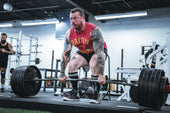
POWERLIFTING THE RIGHT WAY
-

Unlock Your Strength Potential: Conquer Weak Grip Strength Now
-

Bench Press to Success - Mastering your form
-

5 Tips for Women to Build Lean Muscle Tone in 2024
-
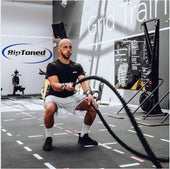
How to Get the Most Out of a Lifting Session
-

Working Out Under the Weather
-

The Lesser-known Benefits of Weightlifting
-

How Weight Training Supports Immune Health
-

The History of Weightlifting
-

Rest up to build up
-

4 Tips to Improve Lifting Gains The Right Way
-

4 Tips to Prevent Training Injuries
-

Top 3 Work Out Myths EXPOSED!!
-

Common Lifting Injuries (And How to Avoid Them)
-

Hit the Gym or Stay at Home?
-
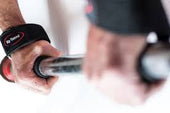
Weightlifting Benefits – Many Health Benefits for Men and Women
-

How Many Times a Week Should I Deadlift? A Guide to Deadlift Frequency and Programming
-

Can Deadlifts Hurt Your Back? Understanding Risks and Prevention
-

Why Does Whey Protein Make Me Sick
-

Can Protein Powder Upset Your Stomach
-

What To Mix Unflavored Protein Powder With
-

Crush Your PRs: The Gradual Strength Increase Guide for CrossFitters
-

Whey vs Collagen Protein: Which Is Best for You?
-

Can I Take Whey Protein Without Working Out? What You Need to Know
-

Why Does Whey Protein Hurt My Stomach: Causes and Solutions
-

Boost Your Run: Should You Take Pre-Workout Before Running?
-

Top Pre-Workout Benefits: Boost Energy and Enhance Performance
-
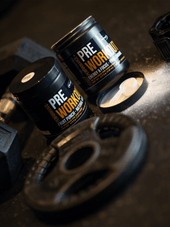
How Long Does Pre-Workout Take to Kick In? Find Out Here!
-
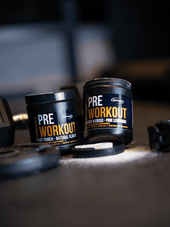
How Long Does Pre-Workout Last? Your Essential Guide
-

Does Pre-Workout Give You Pimples
-

How Long Does Pre-Workout Stay in Your System
-

When Should I Take Pre-Workout
-

Can I Mix Creatine With Pre-Workout
-

Long Term Side Effects of Pre-Workout Supplements
-

How Much Caffeine in Pre-Workout
-

Pre-Workout Alternatives
-

Does Pre-Workout Break a Fast
-

What to Eat Pre-Workout
-

What is In Pre-Workout
-

Advantages of Pre Workout Supplements
-

How To Get Rid Of Pre Workout Itch
-

How To Make Your Own Pre Workout
-

How Many Scoops Of Pre Workout Should I Take
-

How Bad Are Pre Workouts For You
-

How Long Before A Workout Should I Take Pre-Workout
-

How Much Caffeine Is In Bucked Up Pre Workout
-

How Long Does Pre Workout Increase Blood Pressure
-

What Does Pre Workout Do
-

Can I Use Sprite As Pre Workout
-

Can Supplements Boost Weightlifting Motivation
-

Why Do Weightlifters Wear Belts
-

Does Lifting Weights Cause Varicose Veins? What You Need to Know
-

Does Lifting Weights Affect Uterus Health? What Women Need to Know
-

How Lifting Weights Can Affect Your Sex Drive: Does Lifting Weights Make You Horny?
-

Why Don't I Sweat When I Lift Weights? Understanding the Causes
-

Why Are Physical Fitness Attitudes Important? Insights & Benefits
-

Why is Anytime Fitness So Expensive? Understanding Membership Costs
-

Substitute For Whey Protein Powder In Keto Baking
-

How Many Calories Does 1 Hour of Weightlifting Burn
-

A Guide To Cleaner Protein Supplementation
-

What Causes The Frothiness in Your Fitness Drink
-

How to Take Collagen Safely After a Gastric Bypass: Essential Tips
-

Why Do Protein Shakes Make Me Nauseous? Top Reasons and Solutions
-

Why Does My Stomach Hurt After Protein Shake? Understanding Your Digestive Discomfort
-

Can I Take Collagen After Gastric Bypass
-

Why Does My Protein Shake Foam
-

Best Belt for CrossFit: Complete Guide 2025
-

Rip Toned vs SBD Belts: Which Brand Offers Better Value and Performance?
-

The Complete Guide to Women's Weightlifting Belts
-
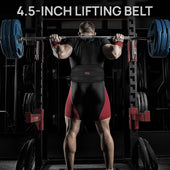
Should Beginners Use a Weightlifting Belt
-
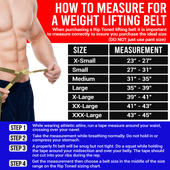
10mm vs 13mm Belt Thickness: The Complete Guide
-

Prong Buckle vs Lever Buckle Belts: The Ultimate Comparison Guide
-

Powerlifting Belts vs Bodybuilding Belts
-

Weightlifting Straps vs. Lifting Hooks: Which is Better?
-

How to Treat Weightlifters Elbow
-

Should You Use Lifting Straps During Bicep Curls for Better Gains?
-

Weightlifting Straps vs. Bare Hands
-

Benefits of Using Weightlifting Straps in Training
-

Mistakes to Avoid When Using Weightlifting Straps
-

Wrist Wraps While Doing Curls
-

Should I Use Wrist Wraps for Bench Press
-

How to Clean Wrist Wraps
-

Are Wrist Wraps Necessary
-

The Ultimate Deadlift Guide: From Form to Performance
-

What Exercises to Use Wrist Wraps For?
-

Are Wrist Wraps Cheating on Bench?
-

Do Wrist Wraps Make You Stronger?
-

Do Wrist Wraps Help With Grip Strength
-

When to Start Using Wrist Wraps
-

Best Weightlifting Belts 2025: Ultimate Buyer's Guide
-
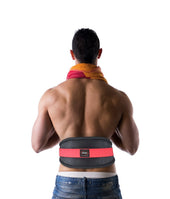
How to Measure for a Weightlifting Belt
-

Can Wrist Wraps Boost Your Grip Strength in Weightlifting?
-

Should You Use Wrist Wraps for Bench Press and Overhead Press?
-

Do Wrist Wraps Help with Wrist Pain During Strength Training? Find Out Here
-

How Can Wrist Wraps Prevent Injury During Heavy Lifting?
-
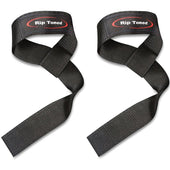
How Do You Use Weightlifting Straps: A Simple Guide for Better Lifts
-

How to Pick a Lifting Belt: A Practical Guide for Every Lifter
-

How to Measure for Lifting Belt
-

Do Weight Lifting Belts Help Lower Back Pain
-

Do I Need a Lifting Belt
-

Purpose of Weight Lifting Belt
-
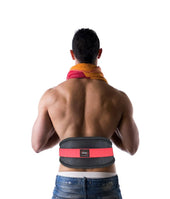
When to Use a Lifting Belt
-

What Does A Lifting Belt Do
-

What Do Wrist Wraps Do For Lifting
-
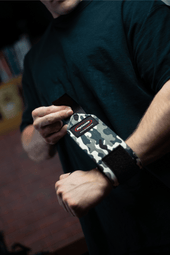
How To Wrap A Wrist For Carpal Tunnel
-

How To Wrap Wrist For Pain
-

What Are Wrist Wraps For
-

How Do You Use Weightlifting Straps
-

Why Is Mental Focus Important in Powerlifting? The Key to Peak Performance
-

Can Bodybuilding Help with Fat Loss? Discover Proven Benefits
-

Mastering the Basics: How to Improve Your Powerlifting Technique
-

Why Is Proper Form Crucial in Powerlifting? Tips for Safe and Effective Lifting
-

Can Powerlifting Increase Athletic Performance? Exploring Strength Gains and Sport Benefits
-

Top Tips on How to Avoid Common Injuries in Bodybuilding
-

Why Is Recovery Essential in Bodybuilding: Key Strategies and Benefits
-

Can Powerlifting Improve Overall Fitness? Explained
-

How Many Deadlifts Should I Do?
-

How Much Can a 17 Year Old Deadlift? Average Weights and Tips
-

Why Aren’t My Arms Growing as Fast as My Chest? Top Reasons Explained
-

How to Do Back Compression Deadlift: Best Tips for Pain-Free Lifting
-

Why Is My Bench Press Not Increasing
-

Unlock Your Potential: How to Get Stronger Gradually
-

Unlock Muscle Growth: Understanding What Is the 6-12-25 Rule
-

5 Lbs of Muscle in a Month? Let's Get Real
-

Get that celebrity booty in 10 easy to do work out routines
-

A.M. vs P.M. Workouts
-

Fasting Do’s and Dont's
-

5 Surprising Sources of Protein
-

Home Workout Upgrade Must-haves
-

Top 5 Reasons You Aren’t Reaching Your Weightlifting Goals
-

Squats: A Must in Weightlifting and for Strength Training
-

Weightlifting Routines for Men, Women and Beginners
